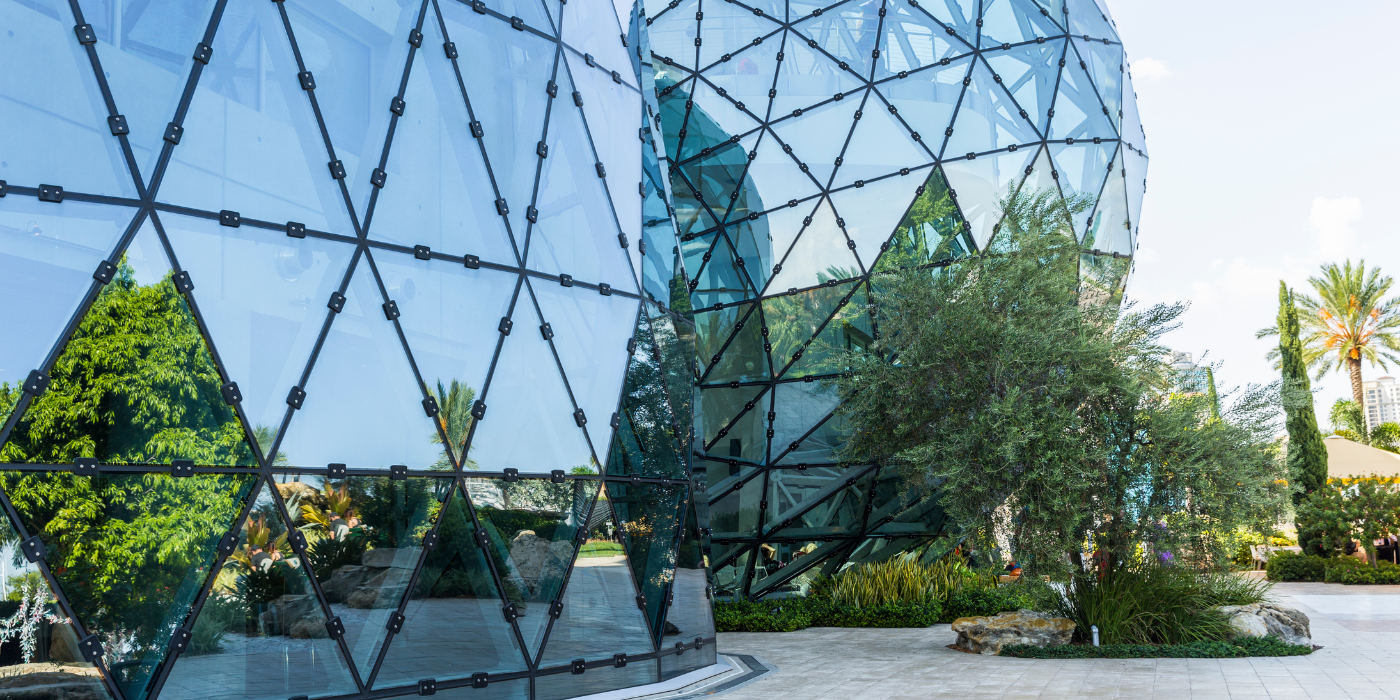
Smart Glass Technology: Transforming Modern Architecture with Intelligent Solutions
As architecture evolves, technology plays a critical role in redefining how we design and interact with buildings. One innovation making waves is smart glass technology, a groundbreaking solution that combines functionality with aesthetics. This intelligent glass is transforming modern architecture by offering unprecedented control over light, energy efficiency, and privacy.
What is Smart Glass Technology?
Smart glass, also known as switchable glass, uses advanced materials and technologies like electrochromic, thermochromic, or photochromic coatings to adjust its transparency or color. Controlled via electricity, sensors, or environmental factors, it allows users to modify the glass’s properties to suit their needs.
Benefits of Smart Glass in Architecture
- Energy Efficiency:
Smart glass reduces energy consumption by controlling heat gain and loss, reducing the need for air conditioning or heating. This makes it a key player in sustainable building designs. - Enhanced Privacy:
With the flick of a switch, smart glass transitions from transparent to opaque, offering on-demand privacy without compromising aesthetics. - Improved Comfort and Productivity:
By reducing glare and optimizing natural light, smart glass creates comfortable indoor environments that boost productivity and well-being. - Aesthetic Flexibility:
Available in various designs and finishes, smart glass complements contemporary architecture, making it ideal for homes, offices, and commercial spaces.
Applications in Modern Architecture
Smart glass is versatile, finding applications in windows, skylights, facades, and interior partitions. It’s increasingly used in green buildings, luxury hotels, and smart homes, where innovation and sustainability are key priorities.
The Future of Smart Glass Technology
As technology advances, smart glass is becoming more affordable and efficient, paving the way for its widespread adoption. Innovations like integration with smart home systems and enhanced customization options are further solidifying its place in the future of architecture.





